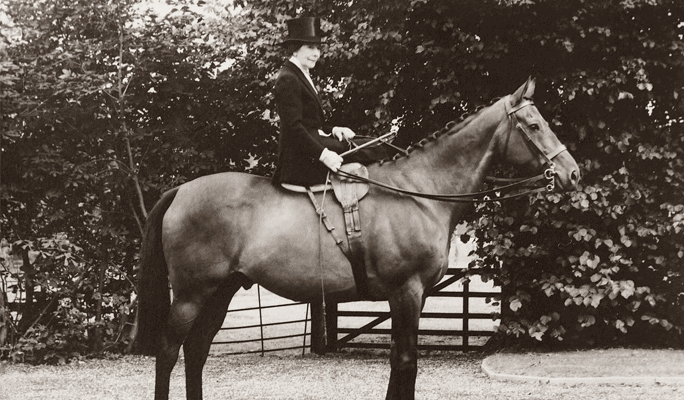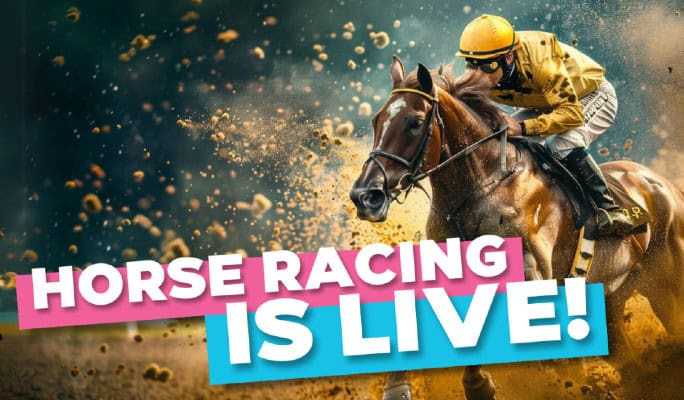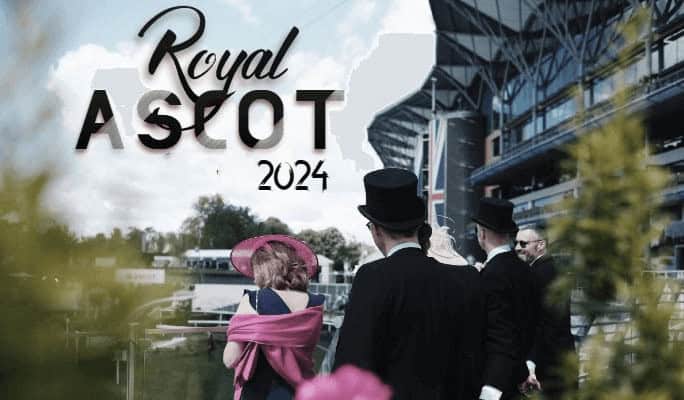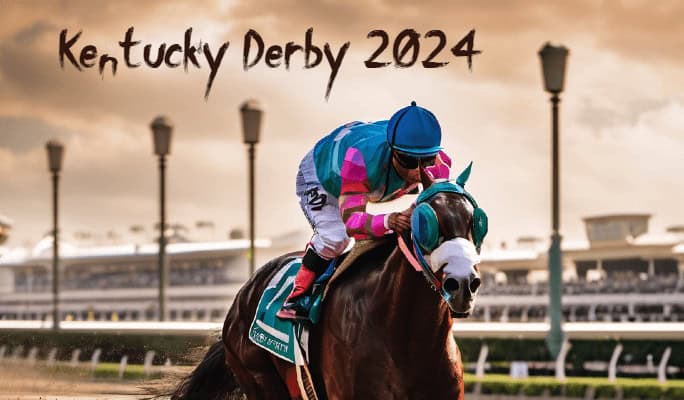
From Past to Present: The History of Horse Racing in South Africa
Horse racing in South Africa goes all the way back to when British colonists first arrived in the Cape in 1795. The first recorded organised horse race in South African history was at the Green Point Common in Cape Town in 1797.
For a proper overview about the history of horse racing in South Africa let’s first look at the main actors, the racehorses themselves.
It all goes Back to a Sturdy Little Pony
There were once no horses in southern Africa. The first horses came along in 1652 when the Dutch settled in the Cape and introduced horses from Java, a breed called Timor Ponies. They were hardy creatures known for their stamina and so were perfect as working horses. The Afrikaner military even used them as remounts during the Anglo-Boer War. After four decades, the Timors in the Cape cross-bred with English thoroughbreds, Persian stallions and South American stallions and became known as Capers. These would later breed with thoroughbreds and become the first racehorses in South Africa.
The First Jockeys of the Cape
The South African Jockey Club unfairly banned people of colour from racing in 1920. This ban only ended when apartheid did. Before this, however, the jockeys who rode in early races were mainly people descended from the Khoikhoi. Only a few jockeys were white, and these were British settlers.
From Humble Beginnings to Millions of Rand
As horse racing was far from being the multi-million-rand industry it is today. Early racing events were much more modest. Over time, as the sport’s popularity picked up, they slowly evolved into the annual social highlights we know them today. In 1802, the country’s first racing club, the African Turf Club, was founded in Cape Town.
But it was when horse racing enthusiast Lord Charles Somerset arrived in the Cape in 1814 and became the governor that the sport really blew up in the region. Somerset persuaded the area’s wealthy families to invest in breeding and take part in racing, and suddenly the industry had money. Lord Somerset established a government stud with many thoroughbreds he imported.
Races took place in Green Point and, by 1863, also in Kenilworth. Wat is today Kenilworth Racecourse only began staging races in 1882. Green Point stopped being a venue in 1893,. By this time horse racing and breeding had expanded across the country, mainly to Port Elizabeth, KwaZulu Natal and Gauteng.
Johannesburg became the new horse racing centre in the early 1870s when settlers uncovered gold and diamonds in its mines. Money flooded into the area – money that went into racing and breeding. At this point, South African racehorse owners began taking their thoroughbreds overseas to race.
Joburg was the new horse racing hub of SA. Nevertheless, Kenilworth Racecourse continued to thrive. It became the venue of one of the country’s major horse races: the Cape Metropolitan Stakes, today called the Sun Met and also for many years known as the J&B Met.
A Day at the Races: SA’s Major Grade 1 Race Days
There are 32 G1 races in South Africa, but the three most famous horse racing events are the Vodacom Durban July, the Sun Met and the Summer Cup. Let’s have a little look at the history of these annual events, which are as much human fashion shows and a fun day out as they are horse races.
Africa’s Greatest Racing Event – The Vodacom Durban July
Held at Greyville Racecourse, Durban’s longest-running sports venue, many regard the prestigious Vodacom Durban July as the greatest horse racing event on the continent. It first started in 1897 and was initially 1600m long but later became the 2200m length it is today. In 2014, a black jockey won the race for the first time, making South African history. The jockey, S’manga Khumalo, won on racehorse Heavy Metal.
Africa’s Richest Race Day – The Sun Met at Kenilworth Racecourse
The most famed annual summer horse race in SA, the Sun Met was originally known as the Metropolitan Mile. It originally took place in Green Point before moving to Kenilworth Racecourse. The first race was in 1883. As the name suggests, the race was originally a mile long. This distance was lengthened first to 1800m in 1915 and 2000m in 1948. The race remains 2000m-long to this day.
Originally run as a handicap race, in 1973 organisers decided to change the Met to a conditions race. Along with this, the organisers introduced several races for fillies into the event.
The day became known as The Sun Met in 2017.
This year on its 158th edition, the Met offered a total of R15 million in prizes. The prize money for the winning horse alone was R3 million. No wonder the Sun Met is known as Africa’s richest race day.
The Kenilworth Racecourse, a left-handed course, is well-known for having three tracks. These are the old course, which measures 2700m around, the new course, which is 2800m in circumference, and a 1200m-long straight.
Joburg’s Premier Horse Racing Event – The Gauteng Summer Cup
The discovery of gold in Gauteng in the 1880s brought British settlers to the province, and alongside arrived horse racing. The first Summer Cup was called the Johannesburg Handicap. It took place in 1887, the year after the first-ever horse race in the province. Hence this race is nearly as old as Joburg. The Summer Cup takes place at Turrfontein Racecourse. It is one of the most popular and fast-growing feature races in Joburg.



